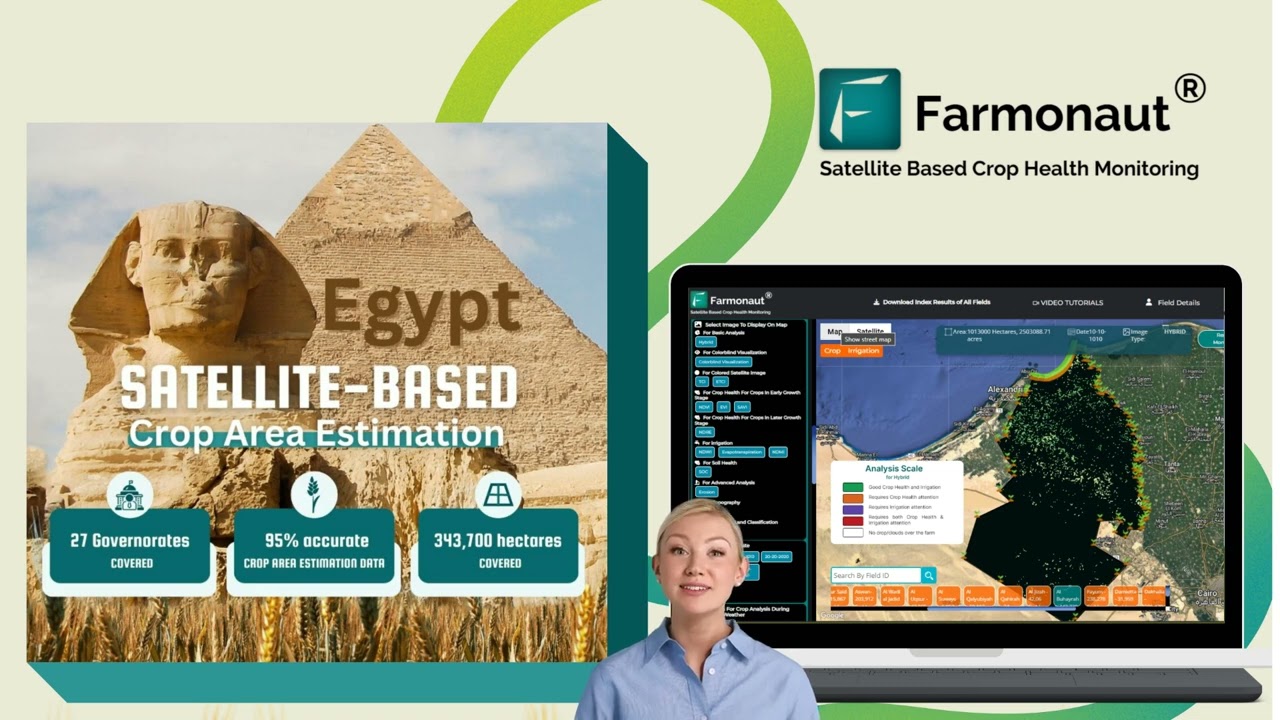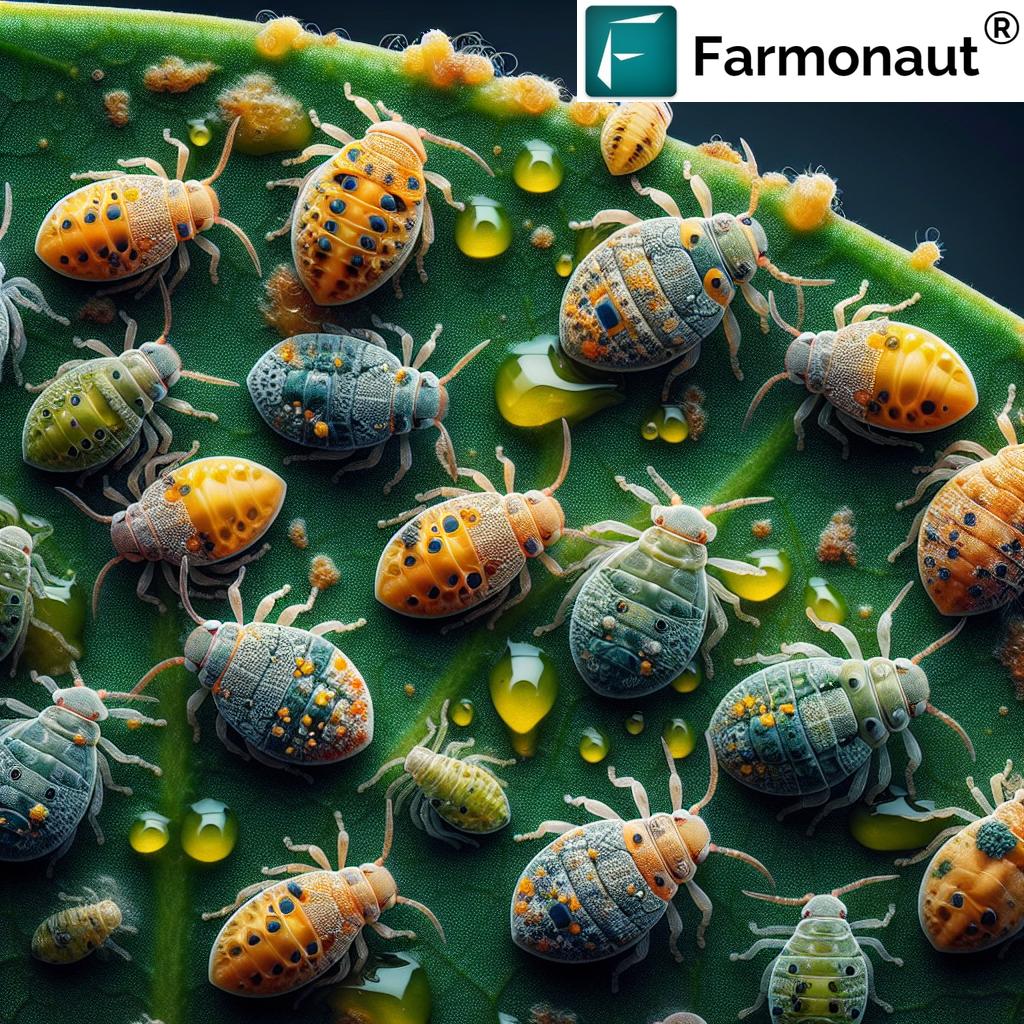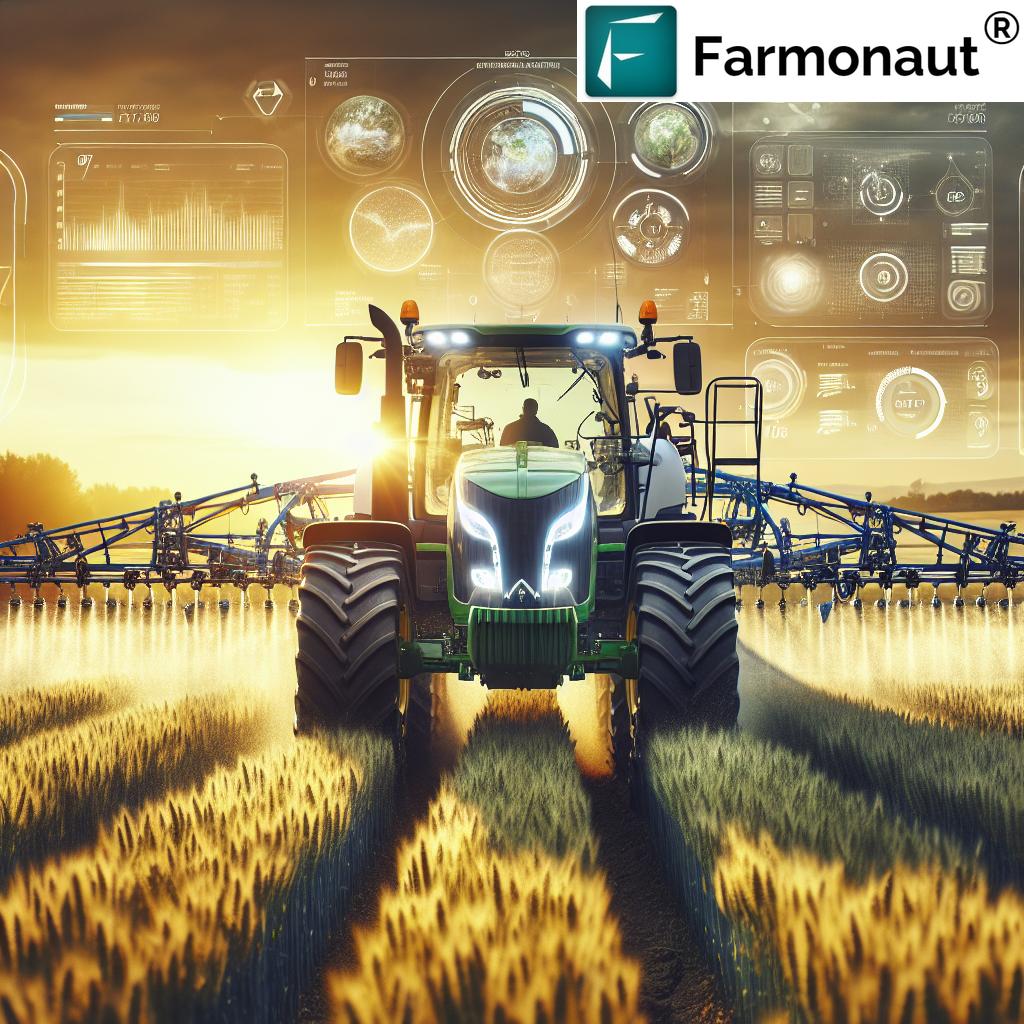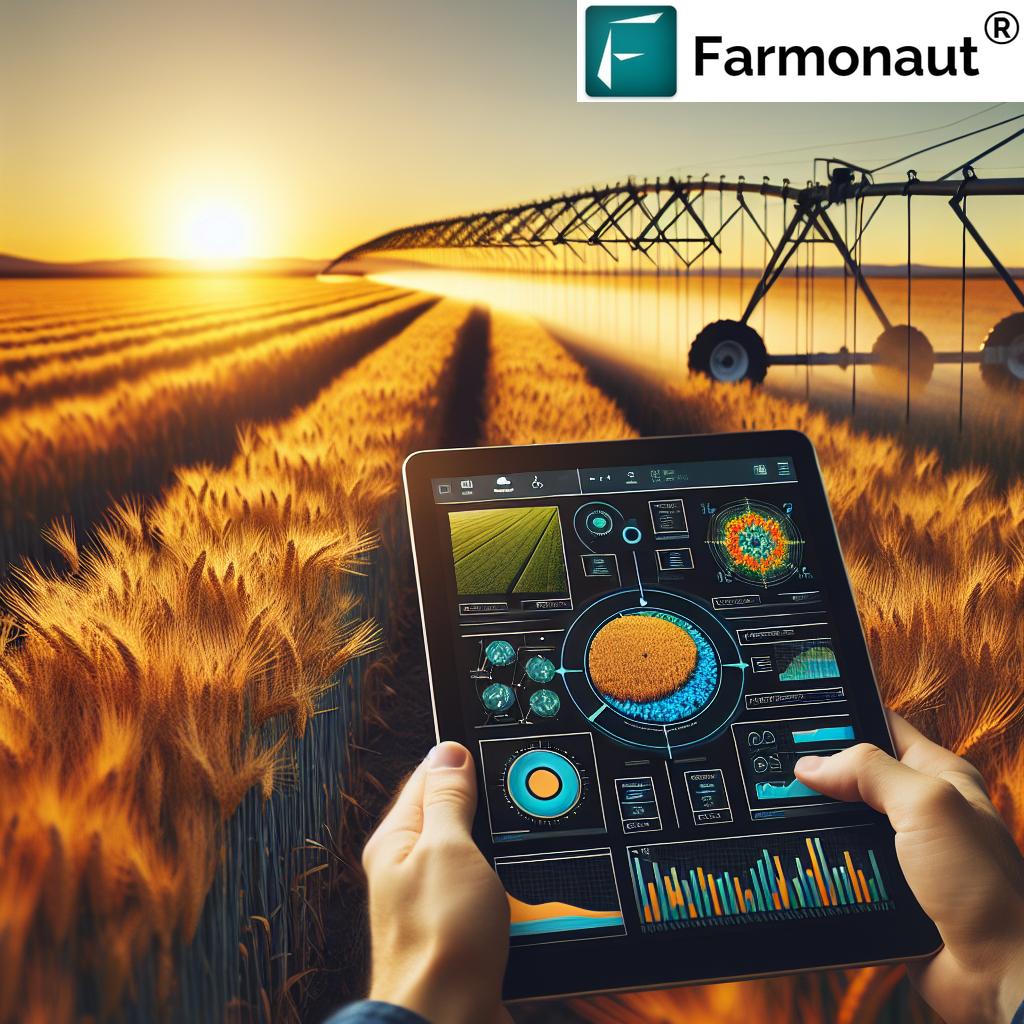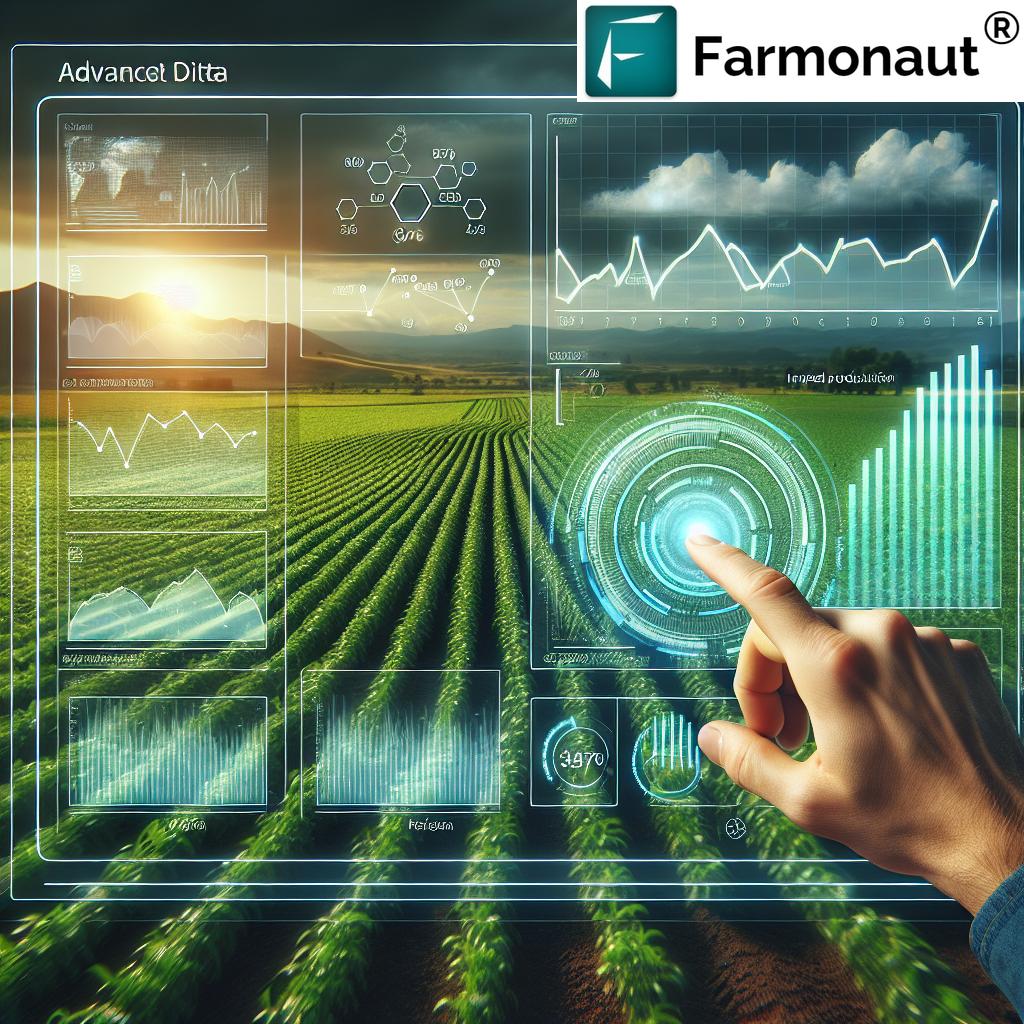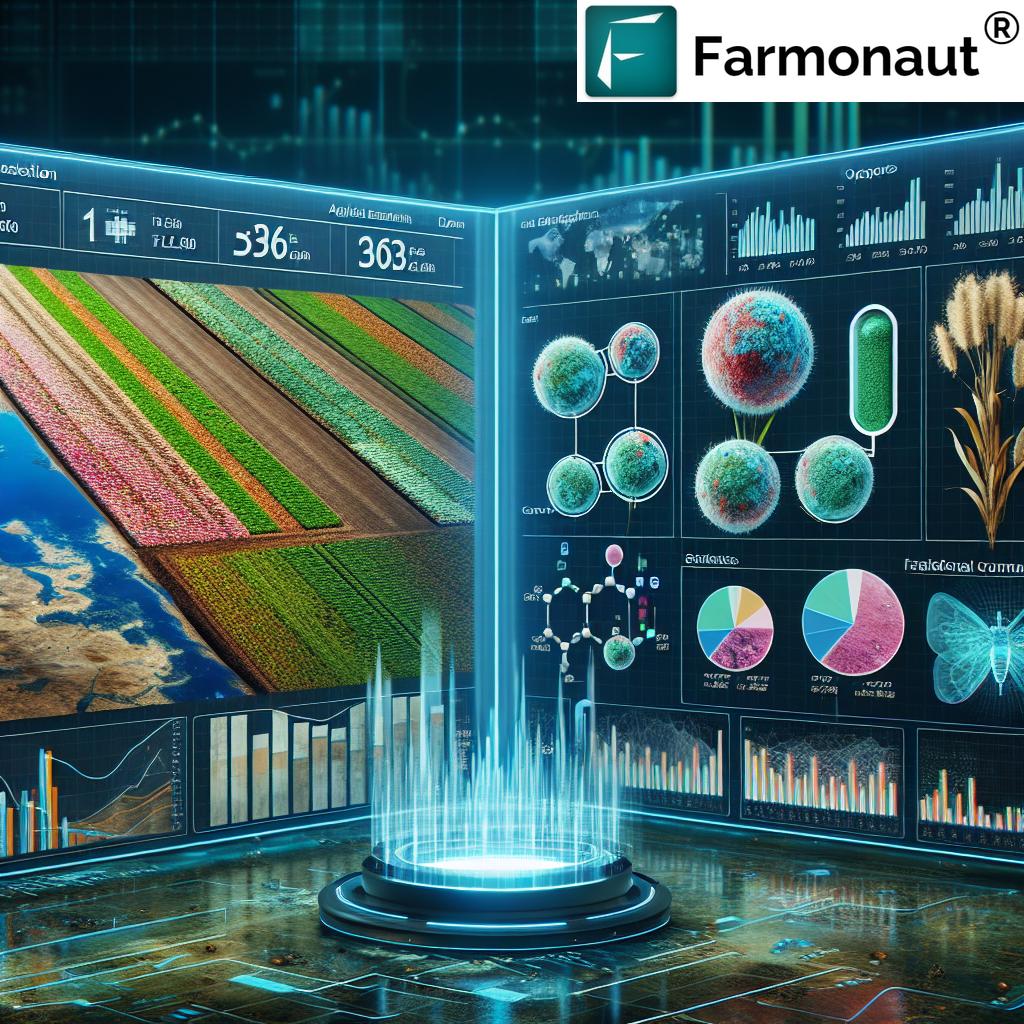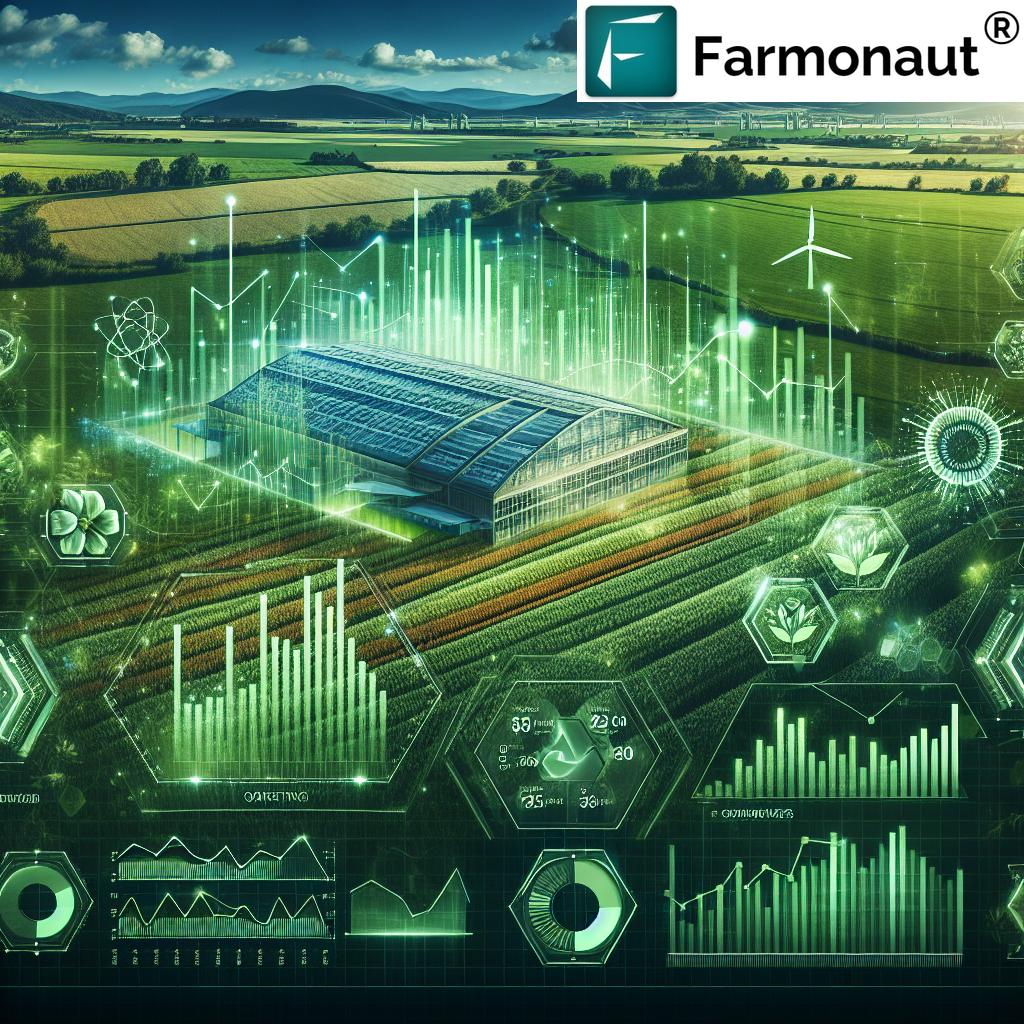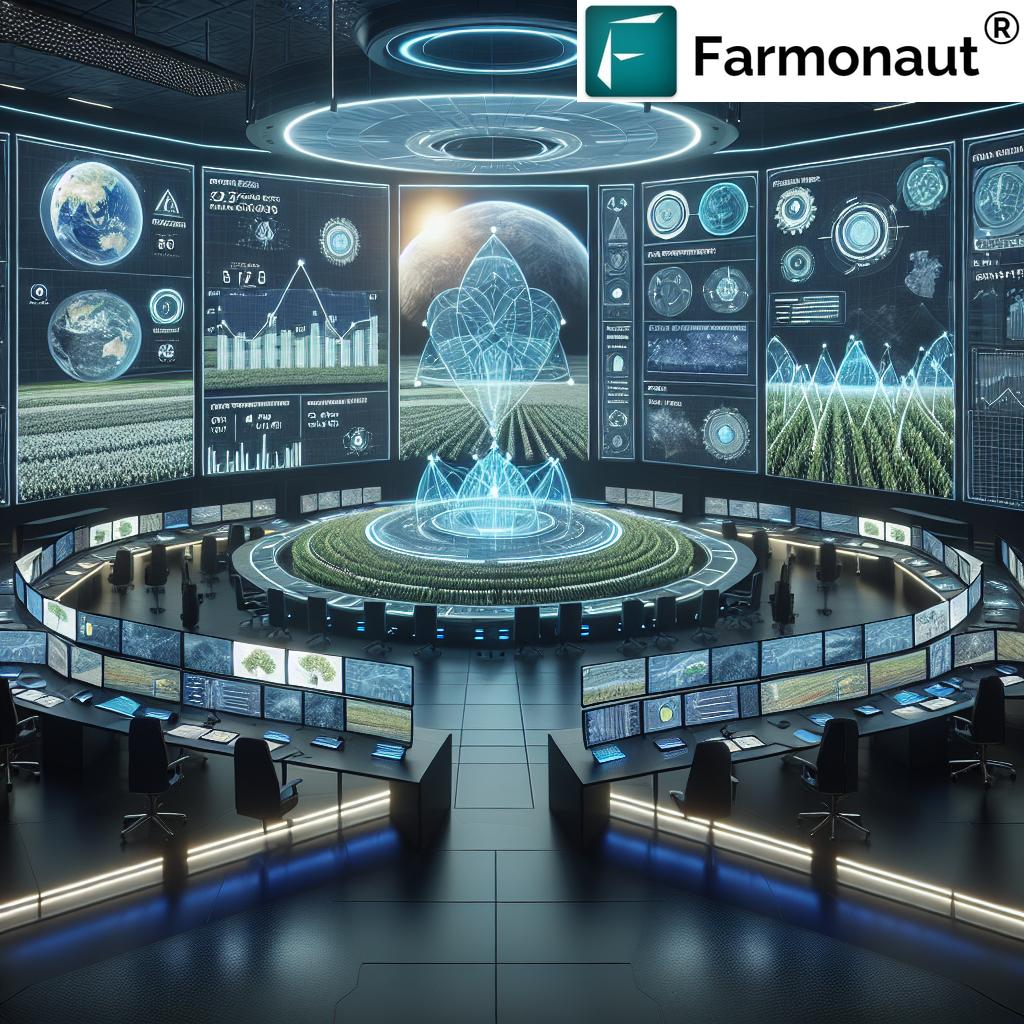Table of Contents
- Introduction: Unveiling Agri Secrets for Superior Field Management
- Precision Agriculture: Revolutionizing Field Operations
- Advanced Field Management Strategies
- Farm Management Software: Boosting Productivity & Decision Support
- Automated Machinery: Increasing Efficiency
- AI and Machine Learning (ML) in Agriculture
- Internet of Things (IoT): Connected Field Ecosystems
- Crop Data Analysis and Visualization: Informed Decisions
- Sustainable Farming Practices: For Today and Tomorrow
- Supply Chain Optimization: Bridging Production and Market
- Continuous Improvement & Adaptation: Staying Ahead
- Comparative Benefits Table
- Farmonaut: Making Precision Agriculture Accessible
- FAQ: Your Top Field Operations Questions, Answered
- Conclusion: Start Optimizing Your Field Operations!
Optimize Field Operations: 7 Shocking Agri Secrets!
Welcome to the digital age of field operations optimization in agriculture, farming, and forestry! As stewards of the land, it is essential for us—the modern farmers, foresters, and agribusiness professionals—to evolve beyond traditional practices. Today, integrating precision agriculture, farm management software, IoT, AI, and sustainable techniques isn’t merely an option—it’s a necessity.
In this comprehensive guide, we will unravel 7 shocking agri secrets that are transforming the way we manage our fields. Let’s explore how innovative technologies and forward-thinking strategies can enhance productivity, maximize profitability, and ensure environmental sustainability for generations to come.
1. Precision Agriculture: Revolutionizing Field Operations
The cornerstone of modern field management, precision agriculture leverages data, advanced technologies, and real-time analytics to optimize every aspect of farm productivity. Our approach relies on:
- Monitoring and managing field variability in crops with remote sensing, satellite imagery, and IoT sensors
- Applying water, fertilizers, and pesticides precisely—where and when they are needed
- Minimizing waste and reducing environmental impact
- Empowering farmers and foresters with actionable data for each crop and soil zone
Tools such as GPS-guided machinery, remote sensing drones, and satellite crop health monitoring platforms (like Farmonaut) deliver targeted insights. By integrating field data and remote advice through platforms like Farmonaut’s satellite-driven real-time crop health monitoring, we empower every decision—from sowing to harvest.
Farmonaut’s precision farming platform offers multispectral satellite analysis (NDVI), soil moisture levels, and weather patterns monitoring—all at an affordable subscription. Developers and agribusinesses can also access precision agri data via Farmonaut’s API or study the developer documentation for seamless integration.
2. Advanced Field Management Strategies
Advanced field management strategies are vital in optimizing our operations and ensuring sustainable, productive fields. Techniques such as Integrated Pest Management and smart irrigation management encapsulate the next generation of agri-innovation.
Integrated Pest Management (IPM)
By embracing Integrated Pest Management (IPM), we combine cultural, biological, mechanical, and (where necessary) chemical controls to maintain balanced pest populations. This holistic approach not only helps reduce excessive pesticide use but also improves soil health and protects non-target species, including beneficial insects.
- Deploying field sensors and remote data for early pest detection
- Utilizing AI-driven monitoring tools to forecast pest outbreaks and target interventions
- Integrating satellite analytics, like Farmonaut’s real-time reports, to identify at-risk areas
IPM, supported by data platforms, streamlines management and minimizes loss, keeping us one step ahead in sustainable farming and forestry.
Smart Irrigation Management
Smart irrigation management changes the way we use the planet’s most precious resource: water. By analyzing soil moisture, weather trends, and crop stage—available via modern sensors and satellite-driven crop advisory—we can:
- Implement variable rate irrigation (VRI) to apply water precisely as needed
- Deploy weather-based and soil-driven irrigation systems to reduce water waste
- Improve field performance with better moisture and temperature data
This technology doesn’t just conserve water; it boosts yield consistency and protects our lands from degradation.
Want to learn more? Check out our deep dive into advanced field management strategies for precision farming!
3. Farm Management Software: Boosting Productivity & Decision Support
Sophisticated farm management software platforms now offer unified solutions to complex operational challenges. These software tools centralize data from our entire field—connecting activities, inventory, equipment usage, weather, and budgets.
- Centralize crop, field, and operational data for seamless reporting and audits
- Track resource allocation to optimize fertilizer and pesticide use
- Facilitate real-time communication and data-driven analysis
- Capitalize on AI-driven analytics for enhanced decision support
Platforms like Farmonaut provide affordable subscriptions for farmers, cooperatives, agribusinesses, and even government agencies. These systems are mobile-responsive, so we can monitor, control, and optimize field operations from virtually anywhere.
Explore deep-dive analytics and blockchain-based traceability solutions for higher transparency throughout the supply chain.
4. Automated Machinery: Increasing Field Efficiency
The rise of automated farm machinery is changing the way we approach labor, time, and efficiency demands:
- Autonomous tractors and harvesters minimize manual labor and maximize precision
- Robotic systems automate repetitive tasks: planting, weeding, spraying, and even harvesting
- Capable of round-the-clock operation, boosting productivity and reducing operational costs
By integrating real-time data streams, IoT sensors, and efficient fleet management tools (as developed by Farmonaut), our farms run like clockwork—no matter the scale.
Smart machinery also reduces waste, ensuring resources are allocated where they are needed most and are never over-applied.
5. AI and Machine Learning (ML) in Agriculture
AI in agriculture and forestry is ushering in a future where predictive analytics and automation take center stage. Here’s how we’re leveraging these technologies:
- AI-driven advisory systems (like Farmonaut’s Jeevn AI) analyze weather, field, and market data for personalized recommendations
- Machine learning (ML) algorithms process drone, robot, and IoT data for optimal operation scheduling
- AI-powered robots execute tasks such as selective harvesting, pest detection, and precision weeding, minimizing crop and soil damage
- AI tools analyze historical weather, soil, and crop trends for improved planning and profit prediction
These systems allow us to remain agile—adapting to each season’s unique field conditions and market shifts.
Discover more about Farmonaut’s AI-based advisory and how predictive insights can transform your farming routine.
6. Internet of Things (IoT): Connected Field Ecosystems
The Internet of Things (IoT) is revolutionizing field monitoring in agriculture and forestry. Thanks to a network of connected sensors and devices, we gain:
- Real-time monitoring of field conditions such as soil moisture, temperature, and nutrient levels
- Automated responses; for example, activating irrigation systems or alerting operators to health anomalies
- Intelligent field management platforms (Farmonaut) that integrate IoT, remote sensing, and satellite insights for end-to-end field operations
With IoT in agriculture, we provide our crops only what they need, precisely when they need it, reducing waste, minimizing environmental impact, and maximizing yield.
Read more about deploying agriculture IoT solutions and remote sensor bundles with Farmonaut.
7. Crop Data Analysis and Visualization: Informed Decisions, Higher Yields
Data is valuable only when it leads us to clearer insights. Here’s how advanced data analysis and visualization empowers us to optimize:
- Satellite imagery, drone mapping, and on-ground sensors generate rich, location-specific data
- Visualization tools (such as GIS platforms and Farmonaut’s crop health mapping) help us identify stress, pest outbreaks, and yield variability
- Machine learning algorithms sift through environmental data to uncover patterns and suggest actionable strategies
Having access to dynamic dashboards and real-time analytics lets us monitor every inch of our field, make precise interventions, and track the results for continuous improvement.
Check out our resource on 7 top strategies for boosting crop performance with data analysis.
8. Sustainable Farming Practices: For Today and Tomorrow
Committing to sustainable farming practices not only benefits our fields but ensures a resilient environment for the future. We can integrate:
- Crop rotation to strengthen soil fertility and reduce pest cycles
- Conservation tillage to minimize soil erosion and retain moisture
- Harnessing renewable energy (solar, wind) to power irrigation and reduce operational costs
Platforms like Farmonaut measure our carbon footprint in real time, helping us track and reduce our environmental impact for sustainable and compliant farm operations.
Discover more sustainable techniques at LeadGrowDevelop’s guide to efficiency in farming.
9. Supply Chain Optimization: Bridging Production and Market
Even the best-managed field operations can fall short without efficient supply chain management. To optimize, we:
- Build reliable vendor relationships and logistics workflows
- Utilize climate-controlled storage with IoT sensors to monitor temperature and humidity, extending produce shelf life and minimizing waste
- Rely on blockchain-based traceability platforms (Farmonaut) to ensure transparency from field to fork, boosting market trust and price premiums
Explore Farmstand’s resources on farm business optimization for supply chain insights.
10. Continuous Improvement & Adaptation: Staying Ahead
As agriculture and forestry face shifting weather, market, and regulatory landscapes, continuous learning is vital. We recommend:
- Staying informed on emerging technologies and market trends
- Participating in ongoing education, industry forums, and digital workshops
- Using analytical platforms (like Farmonaut) to benchmark performance and adapt management practices annually
For advanced, scalable field management—regardless of acreage—see the large-scale farm management tools from Farmonaut.
Comparative Benefits Table: The Impact of Advanced Agricultural Technologies
| Technology/Method | Estimated Yield Increase (%) | Estimated Cost Savings (%) | Implementation Difficulty | Sustainability Impact |
|---|---|---|---|---|
| Precision Agriculture Tools | 15–20 | 10–25 | Medium | High |
| Farm Management Software | 10–15 | 15–30 | Low | High |
| Automated Machinery | 20–30 | 20–40 | High | Medium |
| AI & Machine Learning | 10–20 | 10–30 | Medium | High |
| IoT Solutions | 10–15 | 15–25 | Medium | High |
| Data Analysis & Visualization Tools | 10–18 | 10–20 | Low–Medium | Medium–High |
| Sustainable Farming Practices | 5–12 | 5–15 | Low | High |
Farmonaut: Making Precision Agriculture Accessible for All
As we look to the future of field operations worldwide, Farmonaut stands at the forefront, democratizing access to advanced agritech for farmers, foresters, and enterprises big and small. Let’s explore what makes Farmonaut’s solutions unique and essential in today’s landscape:
- Satellite-Based Crop Health Monitoring: Affordable, real-time crop health reports empower farmers to manage fertilizer, irrigation, and pest control on every field and for every season—directly via mobile or web.
- AI-Powered Jeevn Advisory: Our AI analyzes current and historical data for personalized recommendations, delivering higher yields and maximizing operational efficiency.
- Blockchain Traceability: From seed to shelf, trace every crop’s journey transparently—building trust for consumers and access to premium markets.
- Fleet & Resource Management: With the fleet management platform, monitor, allocate and optimize your machinery, reducing wasteful mileage and lowering fuel costs.
- Carbon Footprint Tracking: Measure, monitor, and reduce your environmental impact in real-time. See the dedicated tool at Farmonaut carbon foot-printing.
- Crop Loan & Insurance Verification: Simplify crop loan and insurance approvals with satellite-based verification that reduces fraud and ensures smoother financing.
- Large-Scale Plantation and Forestry Advisory: Ideal for extensive farming, forestry, or plantations. Learn how Farmonaut’s solutions scale for big acreages and institutions.
The result? Cost-effective precision agriculture solutions that fit every pocket, and a powerful suite of tools for weather-resilient, high-output, and sustainable farming.
Ready to digitize your field management? Try Farmonaut’s web and mobile apps or integrate our satellite & weather API with your ag systems today.
FAQ: Optimizing Field Operations in Agriculture & Forestry
What is precision agriculture and how does it help optimize field operations?
Precision agriculture uses technology and data to tailor farm inputs (like water, fertilizers, pesticides) to the specific needs of each part of the field. By monitoring soil and crop variability, it helps us maximize productivity, reduce input costs, and lower environmental impact.
How does farm management software improve our resource allocation?
Farm management software centralizes operations, field, and crop data, streamlining planning, inventory management, and task tracking. It supports data-driven decisions that enhance efficiency, productivity, and profitability.
Can IoT and automated machinery reduce costs while increasing yield?
Yes. IoT sensors and automated machinery enable real-time monitoring and precision task execution, respectively. This minimizes resource wastage, improves timelines, lowers labor costs, and boosts overall yield by providing the right treatment at the right time.
What sustainability benefits can we achieve with these technologies?
Technologies like precision farming tools, carbon footprint tracking, and sustainable practices greatly reduce water, energy, and chemical use. This promotes soil and ecosystem health while ensuring regulatory compliance and long-term farm viability.
How can we implement Farmonaut’s solutions?
Use Farmonaut’s mobile/web apps for satellite-driven real-time field monitoring, subscribe from any device, or integrate their API for custom solutions (API details here). Subscription pricing is flexible to accommodate every scale of operation.
Conclusion: Start Optimizing Your Field Operations!
Optimizing field operations is the foundation for building resilient, high-yield, and sustainable agricultural and forestry businesses. As we have seen, integrating cutting-edge technologies and management strategies makes a transformative difference—boosting efficiency, sustainability, and profitability from soil to market.
At Farmonaut, our mission is crystal clear: to empower every grower, whether on a small plot or across thousands of hectares, with world-class precision agriculture tools that are truly accessible. Take the step today—digitize your field, maximize your profit, and join the global agri-tech revolution.
Let’s lead the change in field operations. The future of agriculture, farming, and forestry is here…and it’s connected, sustainable, and data-driven!








